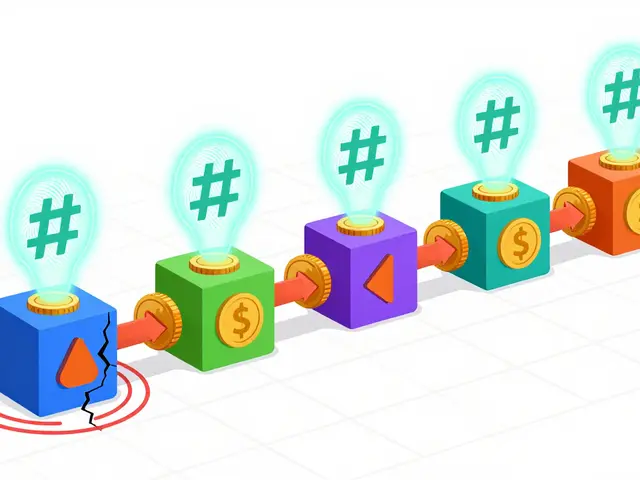ERC-20 Meme Token: What You Need to Know
When working with ERC-20 meme token, a community‑driven cryptocurrency built on the Ethereum ERC‑20 standard that leverages humor and viral marketing. Also known as meme coin, it blends the technical framework of ERC‑20 token, the most common token standard on Ethereum with the cultural flair of meme token, a token whose value is driven by social trends and internet jokes. This combo creates a cheap, easily tradable asset that relies on community hype rather than deep utility.
How an ERC-20 Meme Token Gets Started
A typical launch begins with an airdrop, a free distribution of tokens to early supporters or social media participants. By rewarding holders before the token hits an exchange, creators spark buzz and build a base of users who will spread the meme across platforms. The airdrop also serves as a low‑cost market test: if the community responds, the project can safely add liquidity and list on DEXs. In short, airdrops are the promotional engine that fuels meme token growth.
Behind the hype, tokenomics, the economic design of supply, distribution, and incentives dictate long‑term viability. Most meme tokens adopt a massive total supply—often millions or billions—to keep the price per coin low and encourage buying in bulk. Some include burn mechanisms that destroy a fraction of tokens on each transfer, creating a deflationary pressure that can boost price over time. Understanding these levers helps investors separate fleeting jokes from tokens with a real chance of staying afloat.
Community engagement is the third pillar. Meme tokens live on platforms like Twitter, Reddit, and Discord, where humor, memes, and challenges keep the conversation alive. Creators often roll out contests, memes, or NFT drops to reward active participants. This social loop—airdrop to early adopters, tokenomics to sustain interest, community hype to drive demand—forms the core ecosystem of an ERC‑20 meme token.
From a technical standpoint, the ERC‑20 standard ensures compatibility with any Ethereum wallet or exchange. This means users can store meme tokens in MetaMask, Trust Wallet, or hardware devices without extra development work. The standard also supports basic functions like transfer, approve, and balanceOf, which are enough for most meme projects that don’t need complex smart‑contract features.
Legal and security aspects shouldn’t be ignored. Because meme tokens often fly under the radar, they can be vulnerable to scams or rug pulls. Checking the contract source code on Etherscan, confirming that ownership is renounced, and verifying that the airdrop source is official are practical steps you can take before you buy. A solid token will expose its code, list its audit results, and provide a clear road‑map.
Regulators are also starting to notice meme tokens, especially when they launch large airdrops that resemble securities distributions. While most meme projects are still considered low‑risk from a regulatory view, it’s wise to stay updated on local crypto rules and avoid tokens that hide the identity of their developers.
All these pieces—standardized smart contracts, viral community dynamics, tokenomics tricks, and cautious security checks—make up the ecosystem that powers an ERC‑20 meme token. Below you’ll find a curated set of articles that dive deeper into each aspect, from exchange reviews to airdrop guides, so you can decide which meme projects are worth your time and money.
What is NYAN Meme Coin (NYAN) Crypto Coin? Explained
Learn what NYAN Meme Coin (NYAN) is, its specs, market data, risks, and how to trade it safely in plain English.





